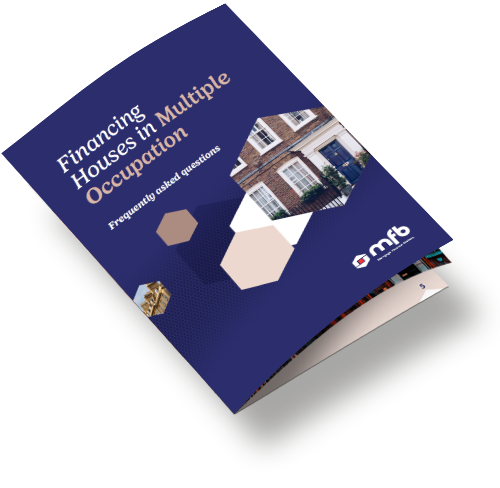With increased legislation, HMO standards have improved considerably over the last few years. We examine the latest HMO landlord survey and the rising trends of this specialist property type.
Gone are the days when HMOs conjure images of digs like in The Young Ones. New research from Paragon Bank shows that as tenants expect more from their house shares, the value of these properties, and yields, are increasing.
What do tenants want in HMOs?
48% of landlords surveyed had seen increasing demand for high-end HMOs. Top of the tenant requirements, according to 56% of landlords, is higher-speed broadband, followed by ensuite bathrooms (53%), larger bedrooms (39%) and higher quality furnishings (39%). 35% of landlords also had tenants requesting office facilities for working from home.
30% had seen demand for communal spaces, 28% for outdoor spaces, and just 12% said more tenants had asked permission to keep pets. With rents on the rise, it’s hardly surprising tenants expect more for their money.
Is there a demand for HMO property?
According to those landlords surveyed, 48% had seen “growing demand for high-end HMOs”, with 45% identifying an increased demand from young professionals and 23% from older, more affluent tenants.
While most tenancies last just one year (54%), 22% are in place for two years. Although just 2% lasted longer than five years, comments gathered from the research suggest that landlords anticipate longer-term tenancies to become more common. However, this may be “driven by housing associations and councils agreeing five-year fixed tenancy agreements with registered social landlords”. Regardless, HMO landlords are definitely noticing an uptick in demand and a shift in the types of tenants these properties attract.
Who lives in houses of multiple occupancy (HMOs)?
Unsurprisingly, the majority of tenants living in HMOs are students (47%), young singles (46%) and professional workers (41%). Around 27% are manual workers, 15% are older singles, and 10% are young couples.
The research notes an increase in young professionals, which isn’t that surprising considering many are still unable to get onto the property ladder themselves. It’s likely that house-shares are now more of a long-term solution rather than a quick stepping-stone living arrangement for those just starting careers.
What yields do HMOs have?
Paragon’s research reveals that 42% of HMO landlords report net yields over 10% and 64% above 8% per annum. Nearly half (47%) agree that houses of multiple occupation offer better rental yields than other residential properties, and 40% believe they offer increased financial protection from void periods because of multiple rents from one property.
Interestingly, over half (53%) said there was “no material difference in capital gain between single units and HMOs”, making income the deciding factor when choosing between the property types. Our latest research shows that average HMO yields were 7.75%, compared to 5.25% for vanilla property (Q2 2022).
Given the current climate of rising mortgage interest rates, high-yielding properties will protect your profits far more effectively than those that make smaller returns. With rates still on the climb, but property still a worthwhile investment, it’s worth considering whether diversifying with HMOs will enhance the performance of your portfolio.
Are HMO landlords buying property?
Despite unrest around incoming PRS legislation changes, HMO landlords remain incredibly optimistic about the market. While 53% don’t “plan on making changes to [their] residential letting portfolio” over the next year, 42% intend to purchase new property. Of that 42%, 22% plan to buy existing HMO property, while 20% will purchase standard properties and convert them into HMOs. These figures demonstrate that landlords recognise the growing demand for these property types and consider the return on investment worthwhile. Only 8% intend to sell some of their HMO stock, and just 4% plan to sell all their HMOs.
How much do HMOs cost to run?
According to those surveyed, 72% say maintenance, insurance and utilities account for less than 25% of their gross rental income across their portfolios. However, 63% spend over 10% of an HMOs rental income on maintaining the property. More expensive and complicated to run than most vanilla properties, it's why most lenders who offer HMO mortgages require landlords to have one or more years of letting experience and charge more specialist mortgage interest rates.
How do landlords rent HMO properties?
The HMO landlords surveyed for this research consider rising energy costs their biggest challenge, especially as 62% include all bills (utilities, broadband, council tax etc.). 17% do not include any bills, and 14% include just utility bills.
19% of HMO landlords have increased rents to accommodate rising energy costs, with 57% planning to increase rents soon. 19% plan to continue absorbing the costs and not increase rent.
What next?
If you would like to discuss a commercial owner-occupier mortgage, or any type of commercial mortgage, please give us a call on 0345 345 6788, or submit an enquiry here.
